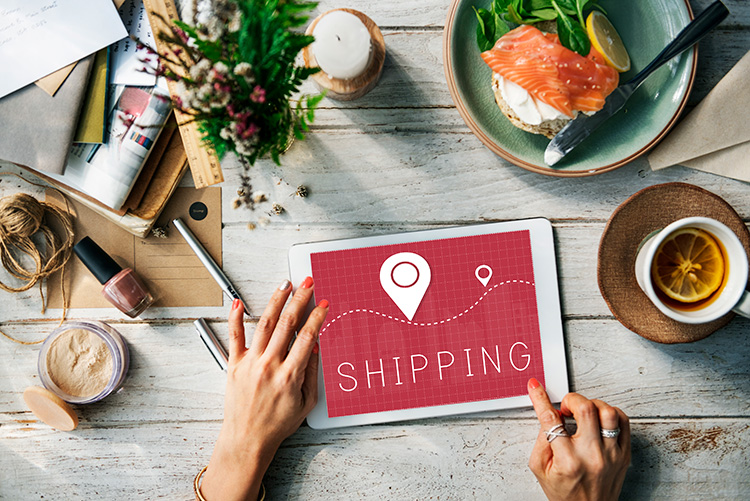
Tracking what you eat each day can be helpful when trying to make healthy changes. Logging your meals means you can see where you’re consuming the most calories and can help you to identify any changes you need to make. There is a range of apps that can help you with healthy eating, depending on what you’re hoping to achieve – from free apps that allow you to simply keep up with your daily nutrition, to premium apps that require a fee to give you increased support and help you create healthier habits. Below, we’ll look at the best food-tracking app if you’re on a budget, and how they compare to apps that require a subscription.
What are the benefits of food-tracking apps?
Staying healthy and eating the right foods to keep your body functioning and help you reach your goals is essential – whether you’re looking to lose weight, cut down on your meat intake, or ensure you’re getting your 5-a-day. This is where food-tracking apps can help. You can use these apps to keep track of your calorie intake to help you lose weight, hydration, and energy expended, but with such a variety of apps to choose from, how do you decide which is best for you? There are free food-tracking apps, and some that you have to pay a subscription for, and both come with different features. You’ll have to think about which suits your budget, and your needs to get the most from your app.
Free food-tracking apps
There are apps that you can use that won’t cost you anything. You can simply download them to your smartphone for free and add the food you eat to help you keep track of your intake. Whilst these apps are easy to use, it’s unlikely that they’ll have as many features as an app that requires a subscription. If you’re looking for a simple way to get started, a free food-tracking app may be helpful. Here are two examples to choose from.
MyFitnessPal
This app has been around for a few years now and is one of the most popular, free ways of tracking your food. The app itself is easy to use, and accommodates a range of diets, whether you’re vegan, or following a plan. As a free member, you’ll still have access to a variety of recipes, as well as be able to input meals for a better idea of nutritional value and have access to a calorie tracker. If you like a sense of community to keep you on track, the free option allows you access to forums to help you on your journey.
Lose It!
Another free app you could benefit from is Lose It. This app is known for its great results, with users losing millions of pounds in weight between them. This app allows you to input your height, weight, and age, and from this, it will determine how much you should be eating to achieve your goals. But what makes this app stand out from the crowd is that you can take a photo of your food and the app will recognise it. You can also scan barcodes to log your meals more easily. The free version is a good place to start to help you get to grips with how the app works.
Premium food-tracking apps
So, what do premium food tracking apps have that free apps don’t? Here are a couple of apps that you’ll have to pay a subscription to use, so you can get a better idea of which would work for you.
WW App
WeightWatchers, or WW now recently rebranded, is one of the most well-known weight loss programs around the world – and the app is great for helping you follow your plan. The app helps you to make healthier life choices around nutrition, and movement to help you be your best. Users follow a points system that is tailored to their height, weight, and age so that they can achieve their goals. You can use the app to make keeping track of your daily points easier – you can also scan foods that might not be on the WW database. You can create recipes, and benefit from added support to help you when you need it most. The subscription for the WW app can be pricey, but worth it if you’re serious about making a change for the better.
Noom
This app is a little different from the rest, which might help to explain the price tag. Noom educates you on why you may have developed certain eating habits and gives you access to a customisable experience to suit various needs. It works with a simple traffic light system, with orange meaning food that should be avoided, yellow indicating food that should be eaten moderately, and green meaning less calorie dense and can be eaten regularly. This app is again, pricey but if you think you could benefit from knowing why you’ve developed certain habits so you can put a stop to them, Noom could be for you. It’s also an app that should be used long-term for the best results, which pushes the price up further.
related post

Leave a Reply